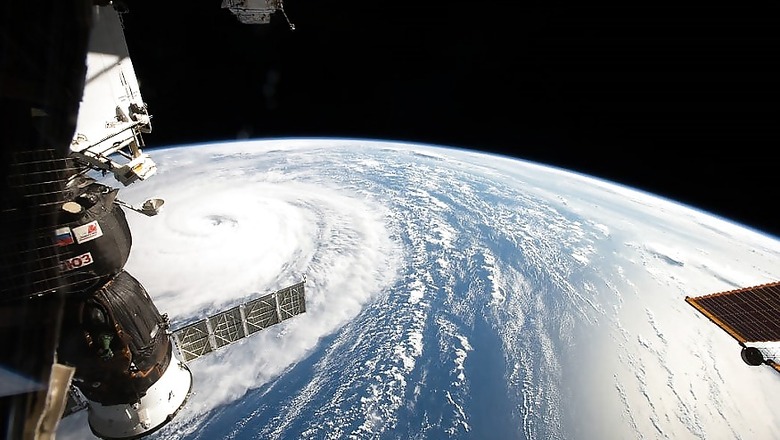
views
Scientists have used artificial intelligence tools to train an AI 'brain' to search for gravitational wave signals. Gravitational waves, ripples in space-time caused by massive astronomical events, were first hypothesised by Albert Einstein in 1915. It took another century before the Laser Interferometry Gravitational-Wave Observatory (LIGO) detectors in the US first picked up the very faint signals from the collision of binary black holes. Researchers at the University of Glasgow in the UK investigated whether deep learning, a form of artificial intelligence, could help make the process of detection of gravitational waves more computationally efficient.
Also Read: Google Home, Home Mini Launched Starting For Rs 4,999
They used a process known as supervised deep learning to build an AI capable of correctly picking out gravitational wave signals buried in noise from thousands of simulated datasets which they created. Currently, gravitational wave signals are picked from the background noise of the detectors using a technique known as matched filtering, which measures the outputs from the detectors against a bank of template waveforms. Signals which match the shape of a template waveform are then examined more closely to determine whether they represent a genuine gravitational wave detection. However, the process requires a great deal of computing power, said astrophysicist Christopher Messenger, who led the study published in the journal Physical Review Letters.
Also Read: Top 5 Budget Android Smartphones to Buy Under Rs 15,000
"Deep learning algorithms involve stacked arrays of processing units, which we call neurons, which act as filters for the input data," said Hunter Gabbard from the University of Glasgow. "What makes this process faster and more efficient than matched-filtering is that the training set is where all the computationally intensive activity occurs. "Once the deep learning algorithm learns what to look for in a signal, it has the potential to be orders of magnitude faster than other methods," said Gabbard.
Watch: Motorola Polaroid Insta-Share Printer Moto Mod | First Look


















Comments
0 comment